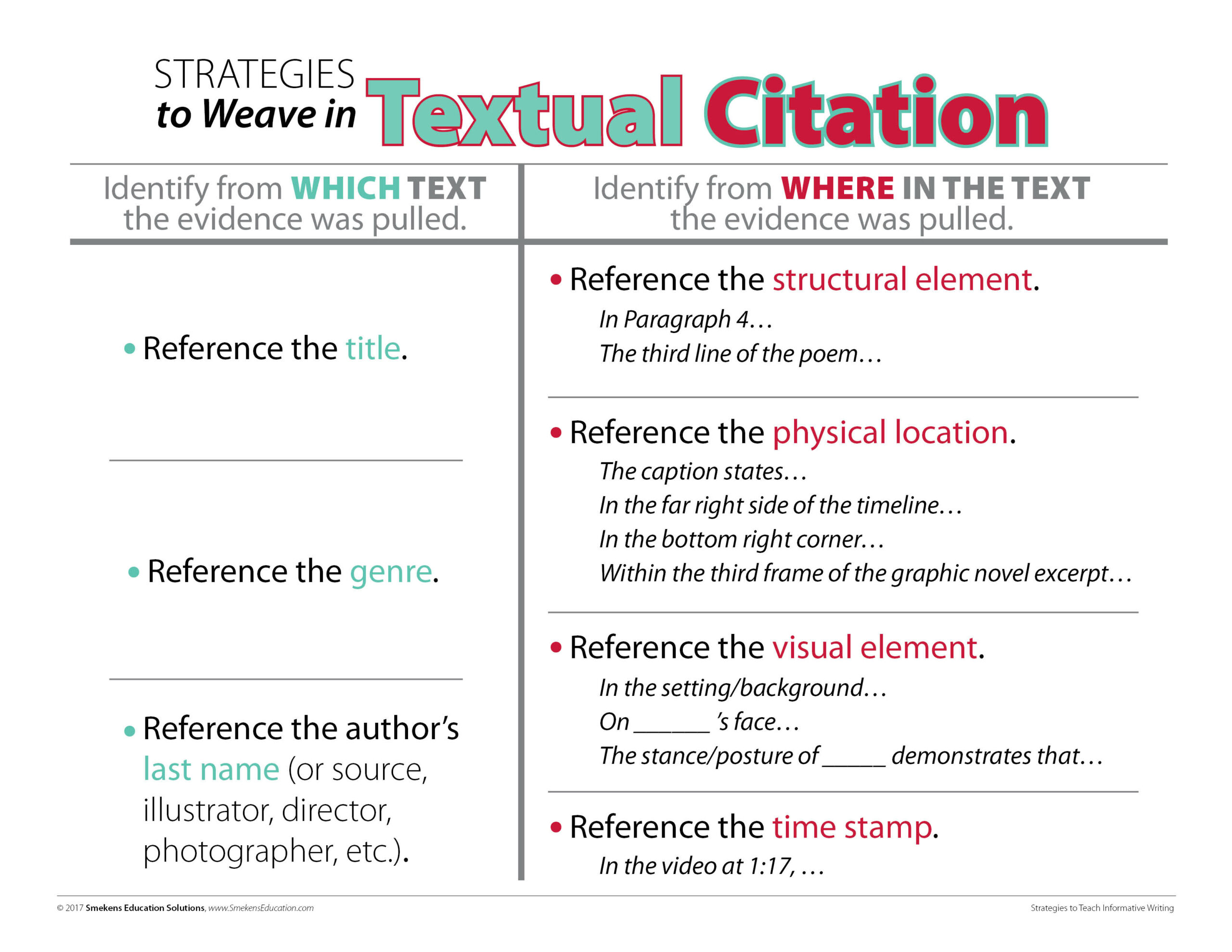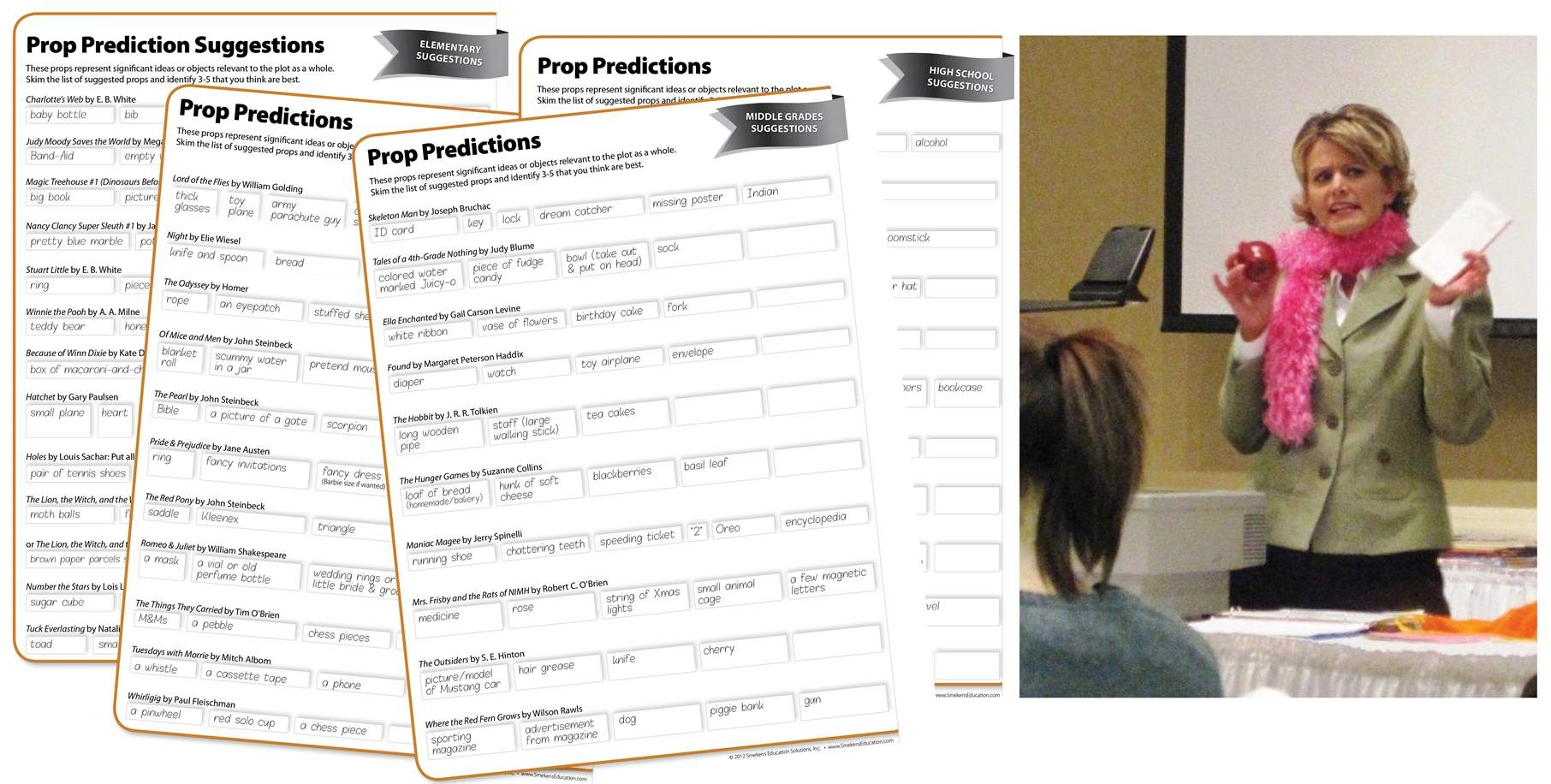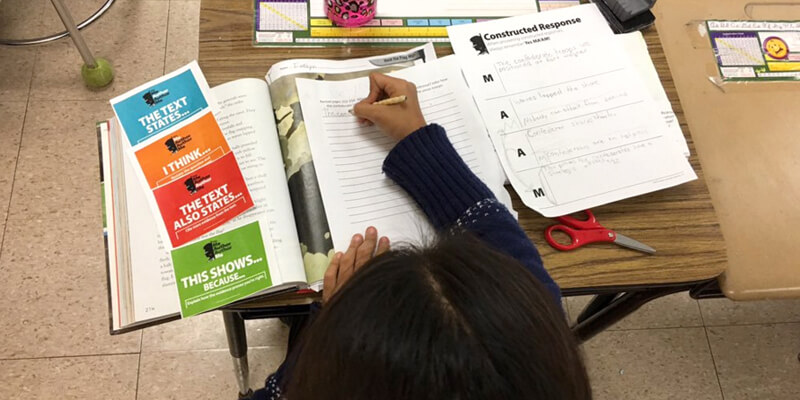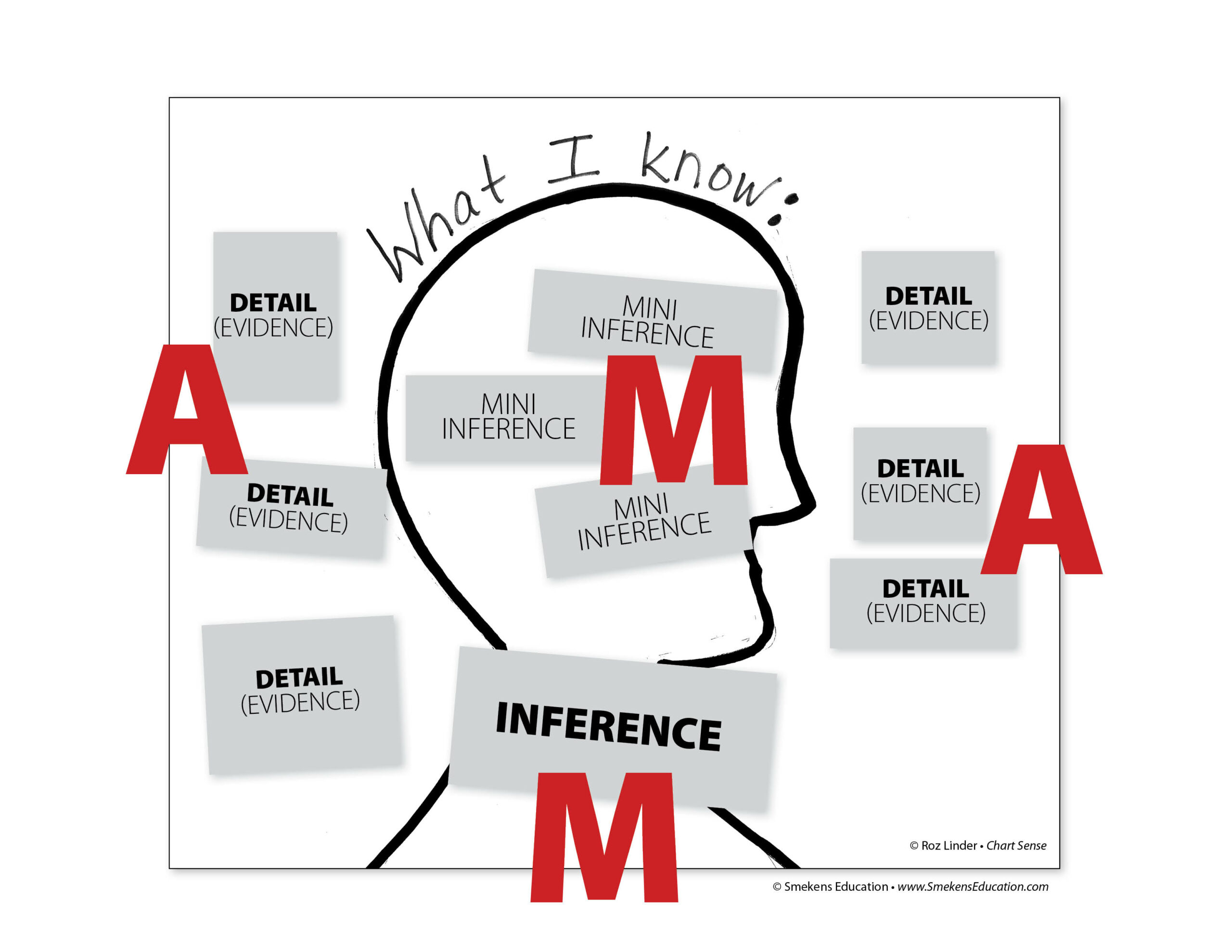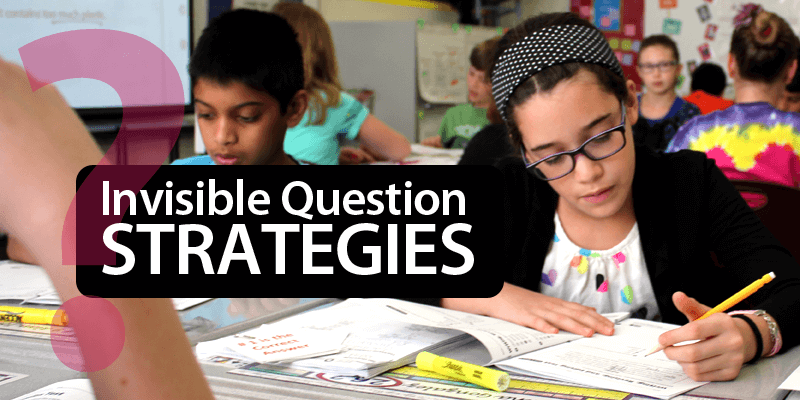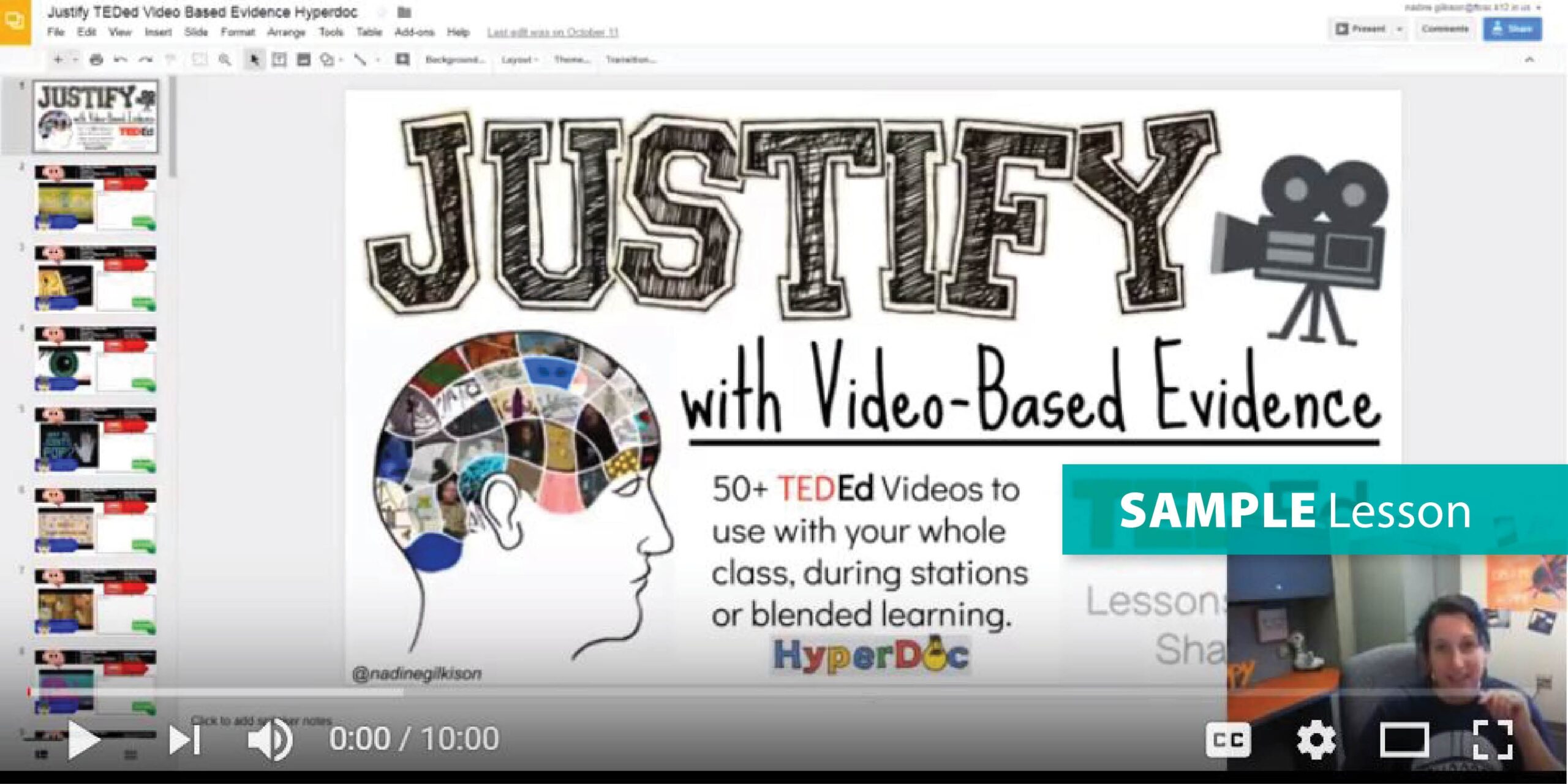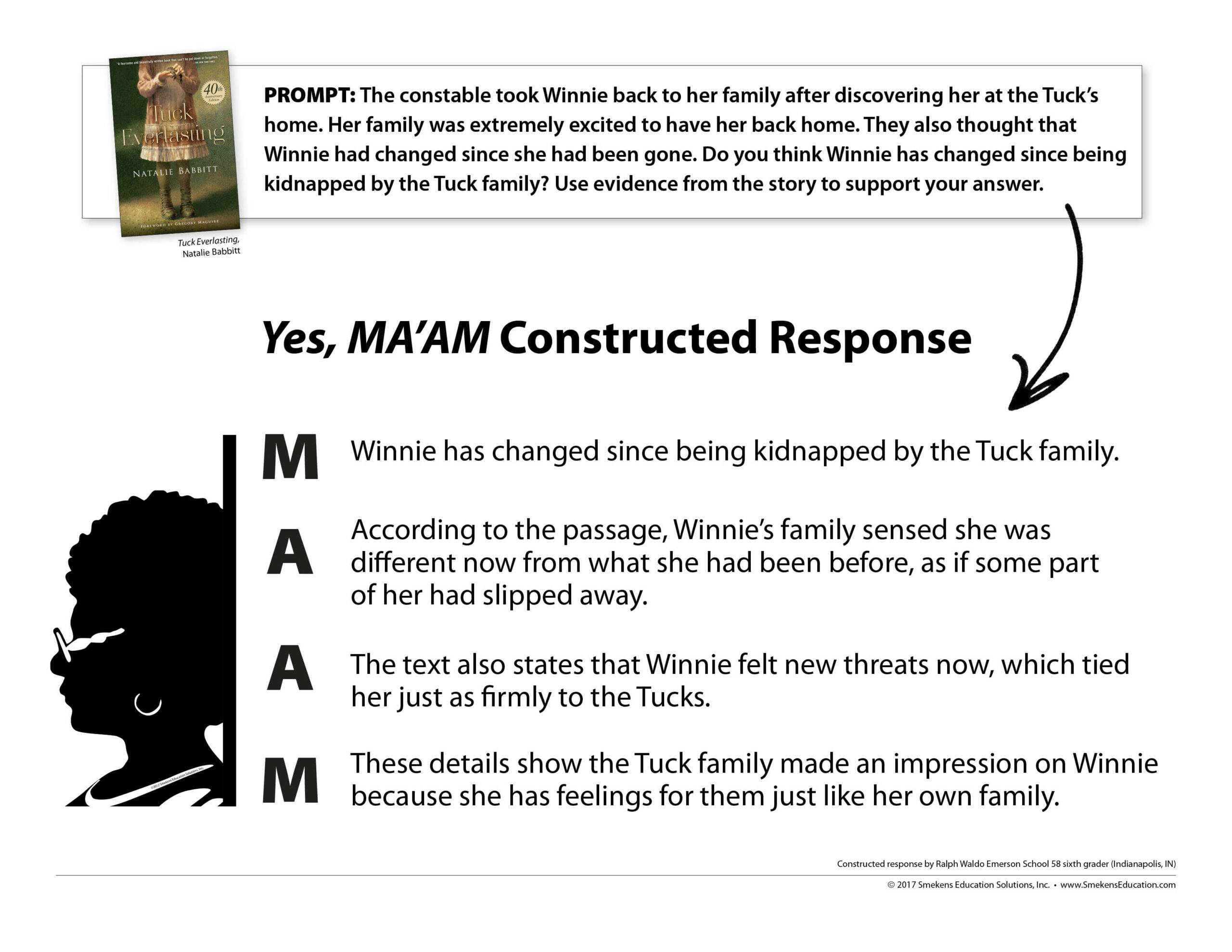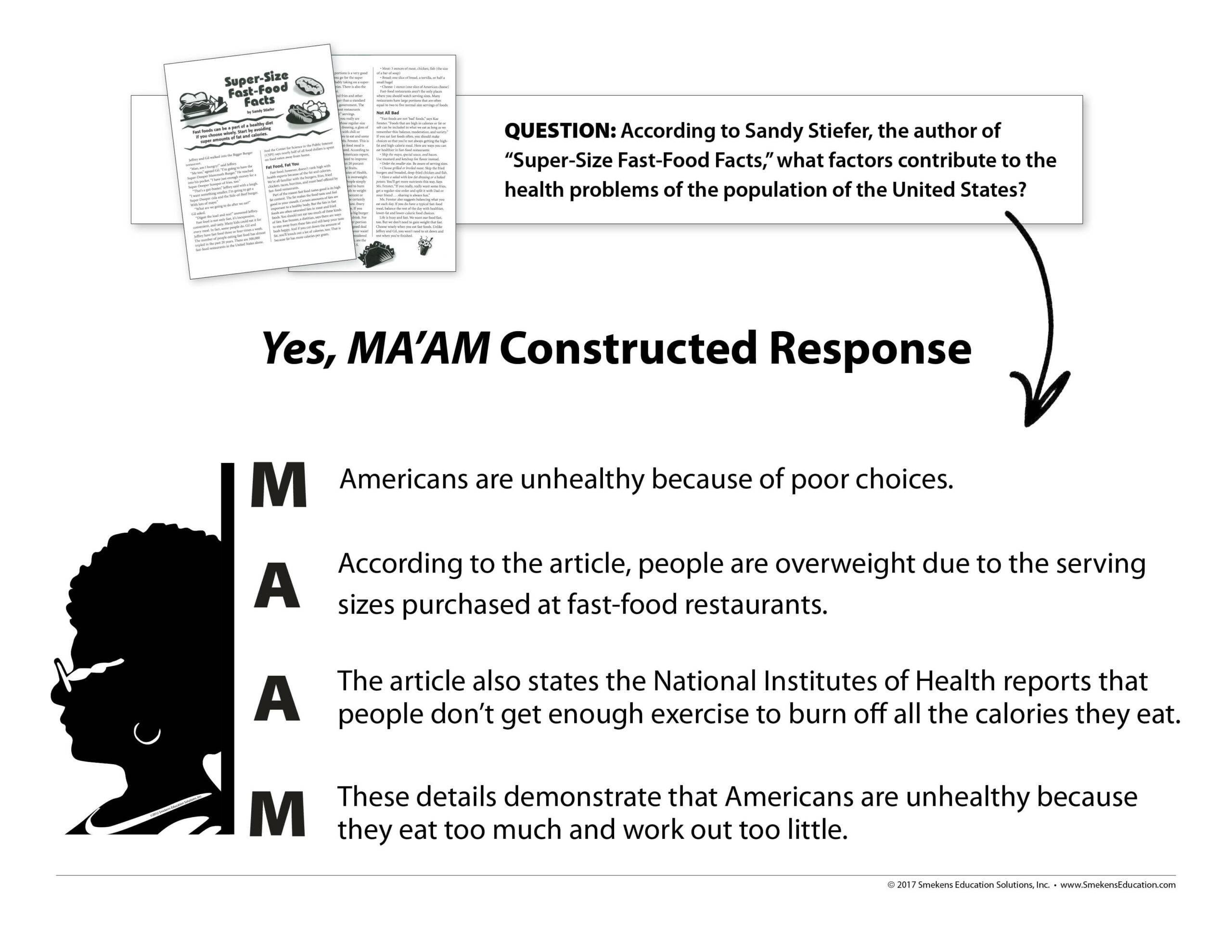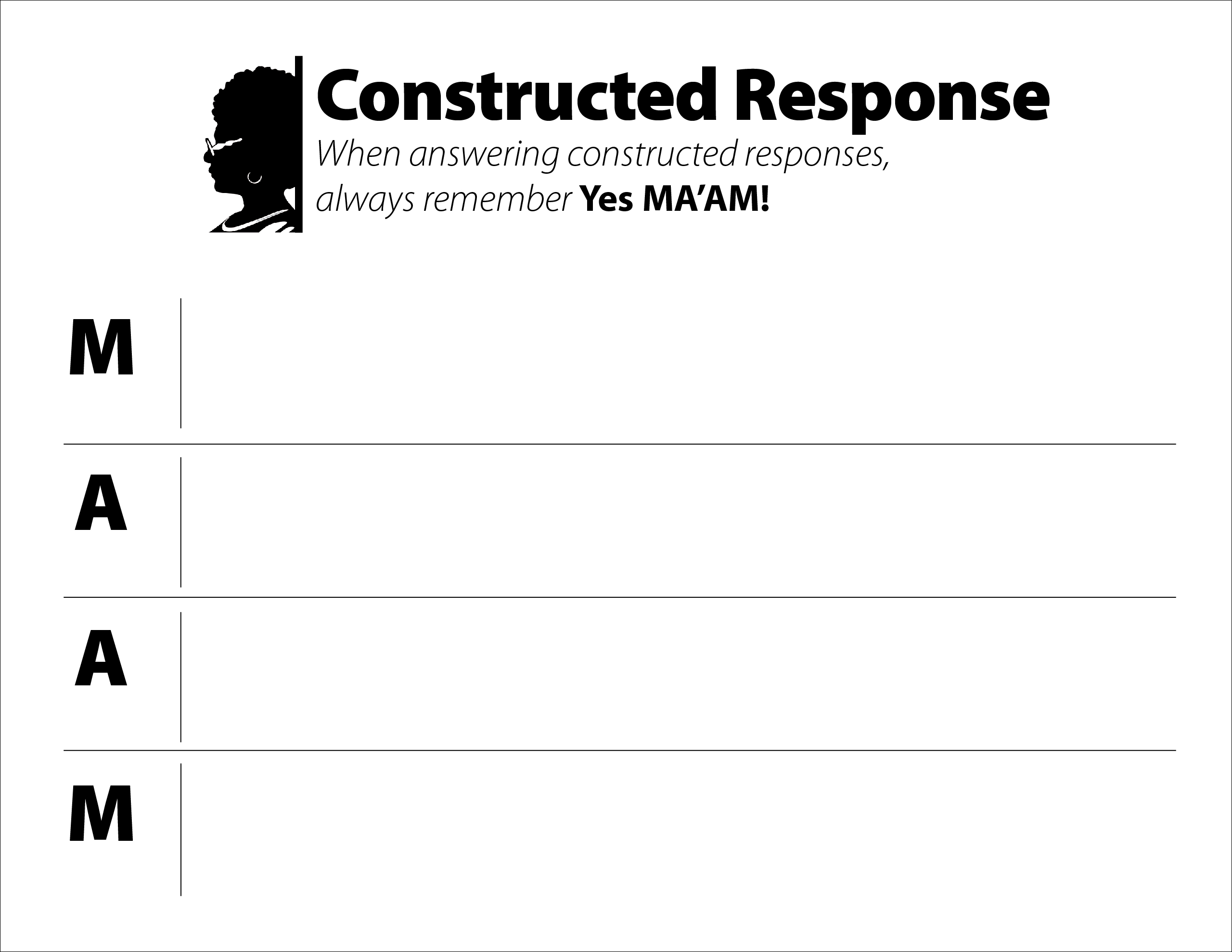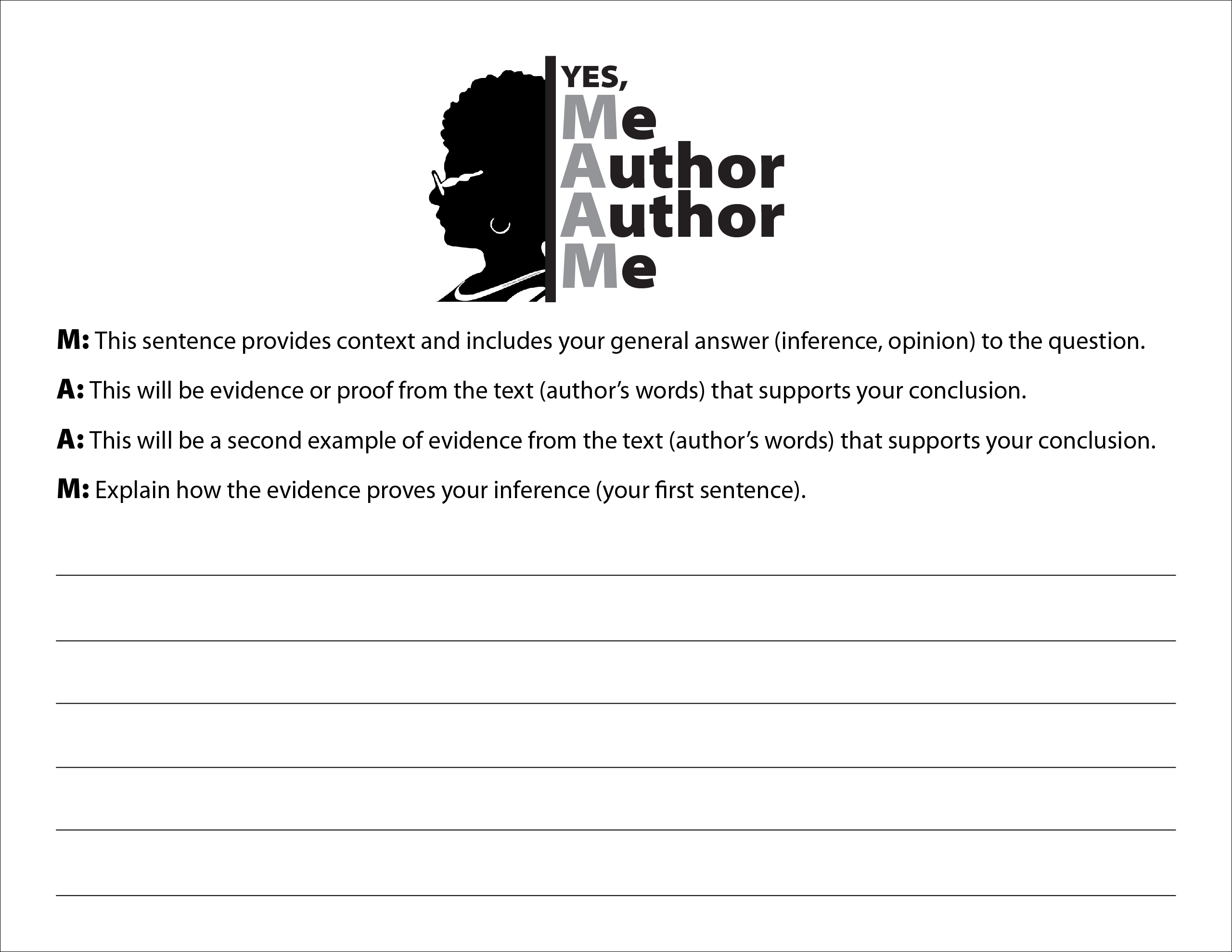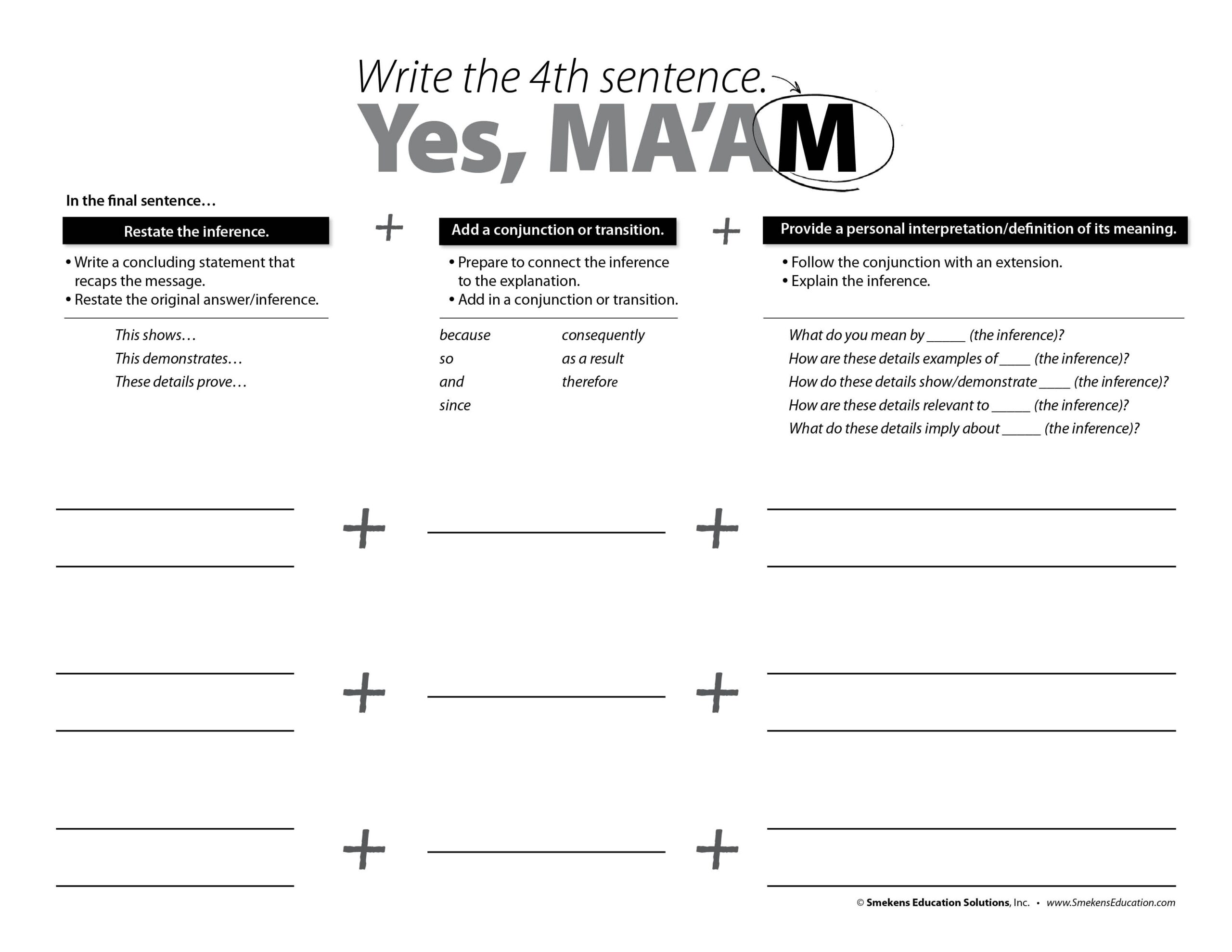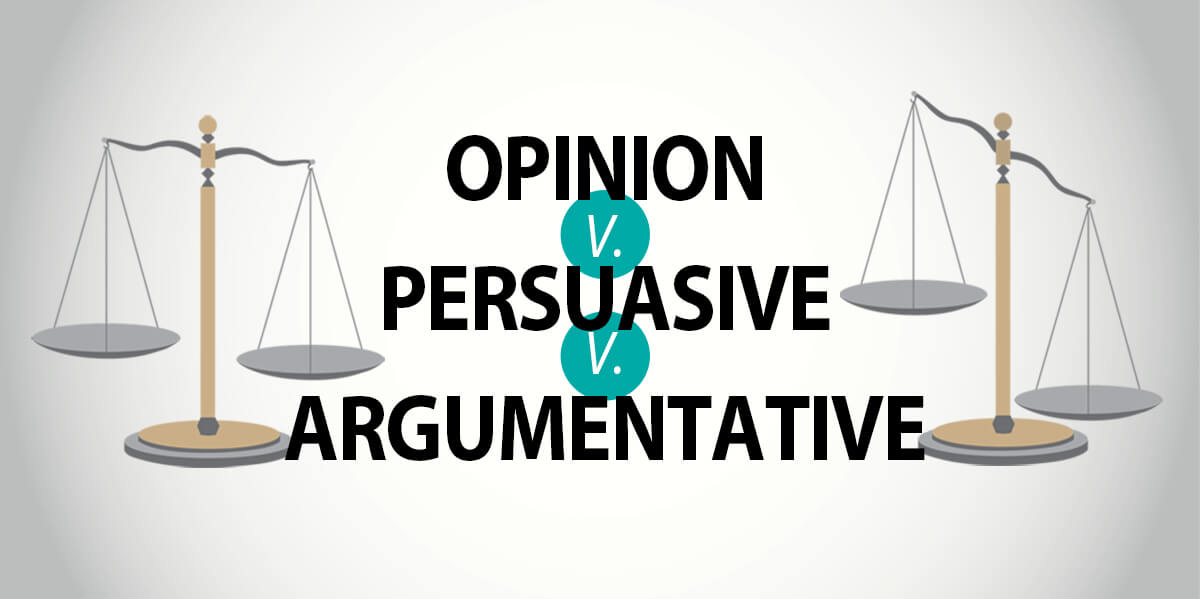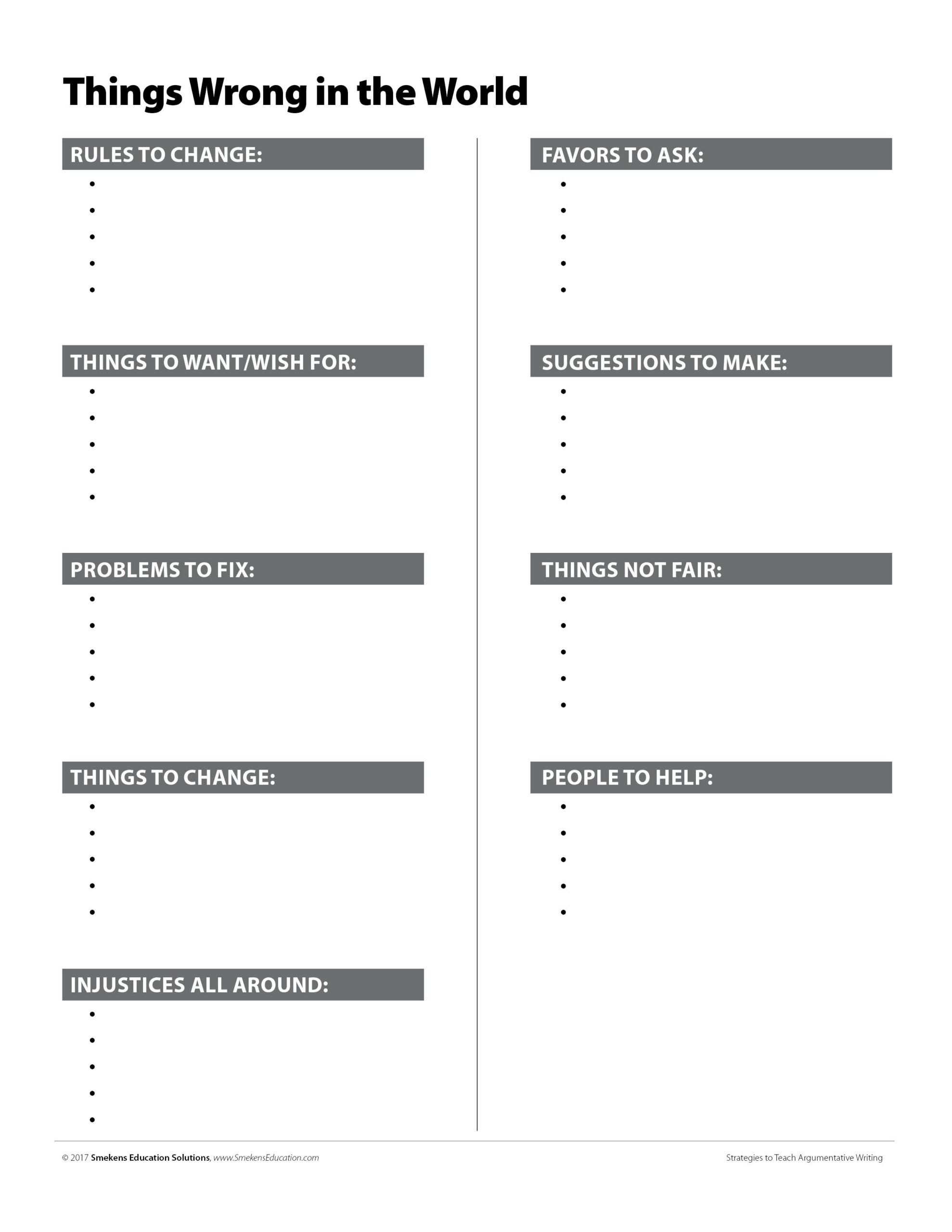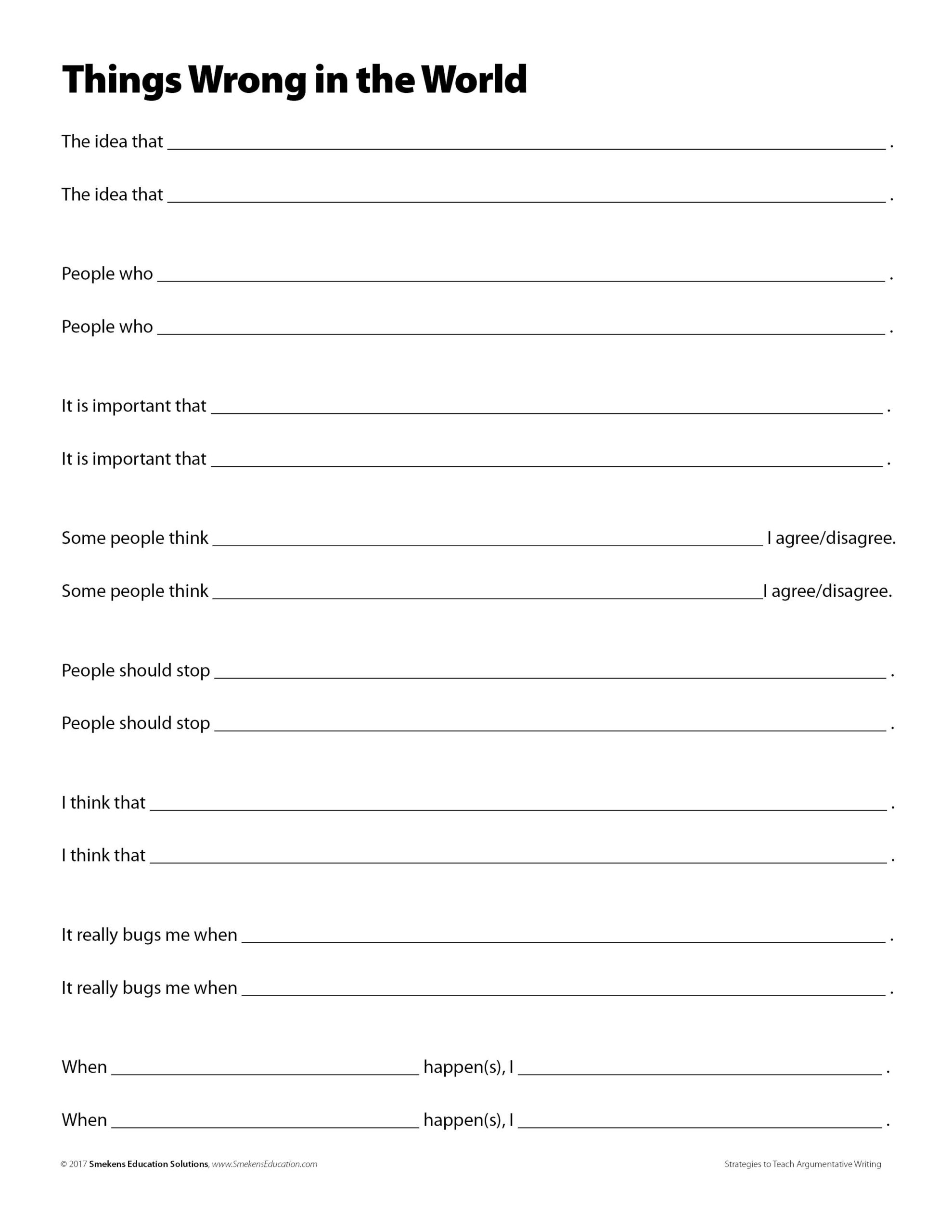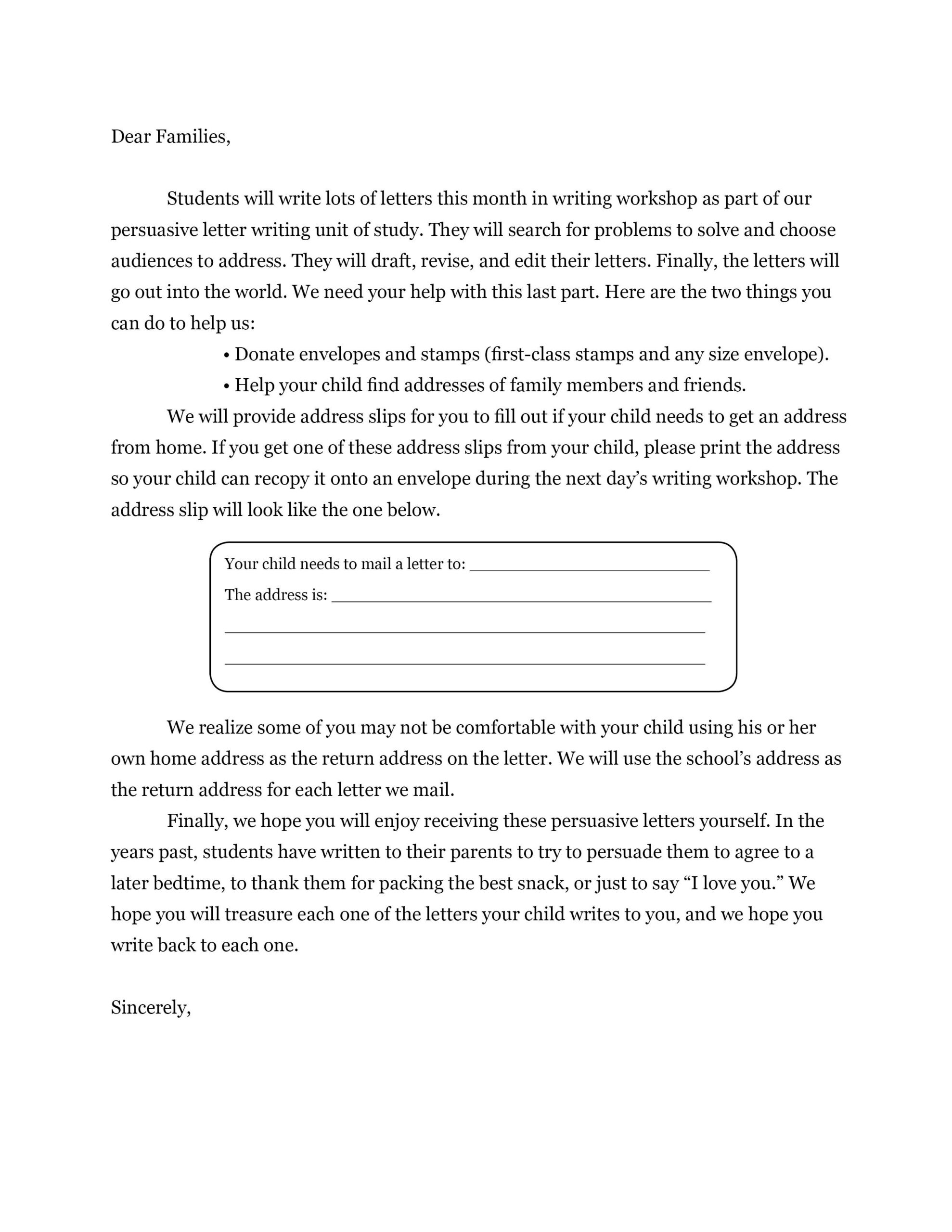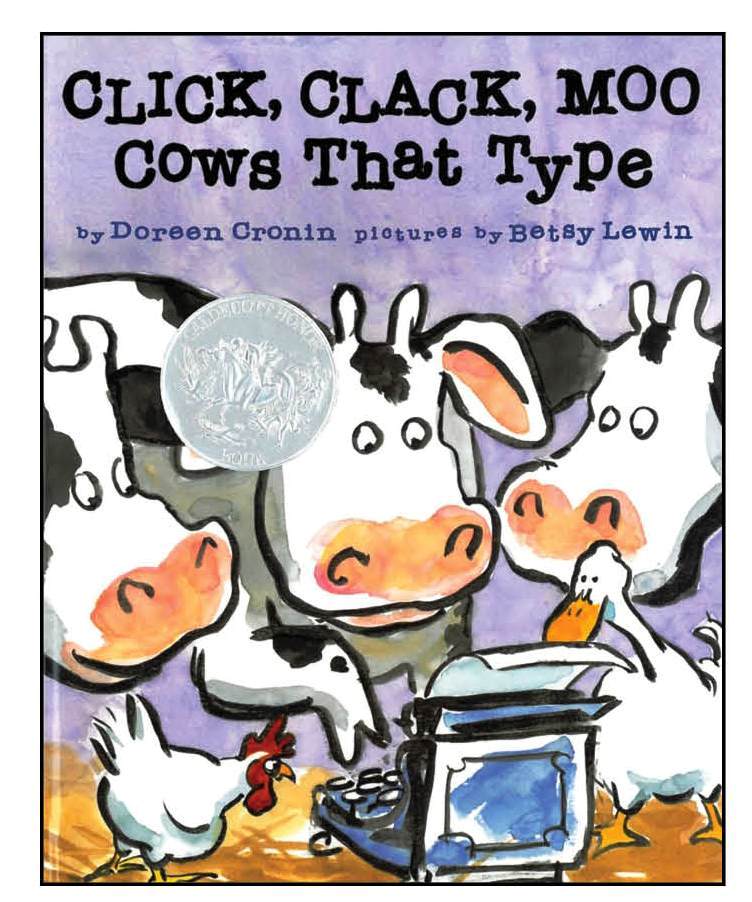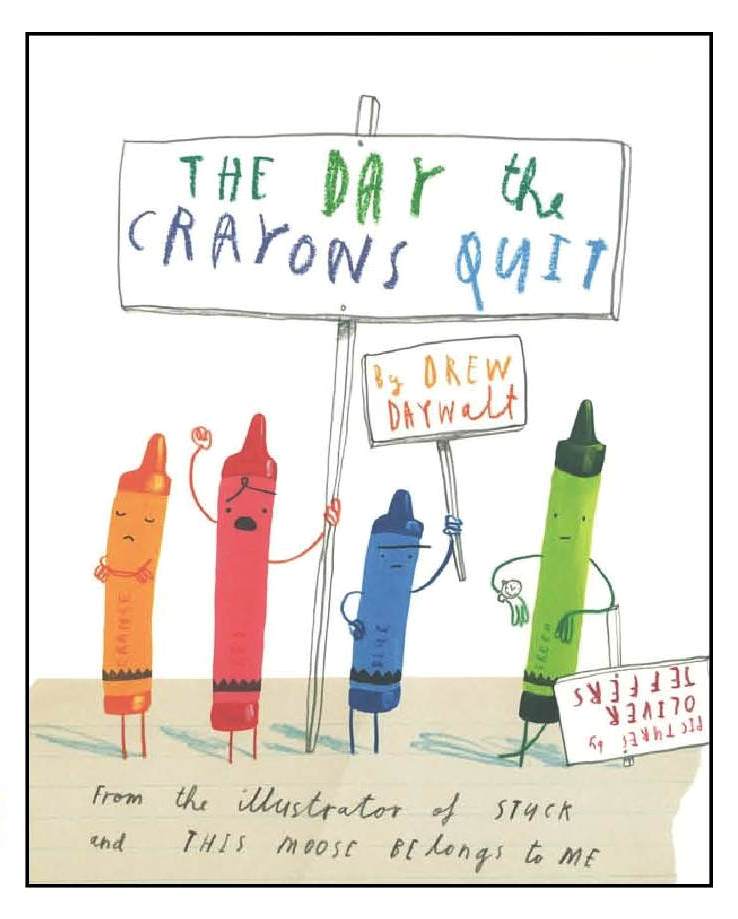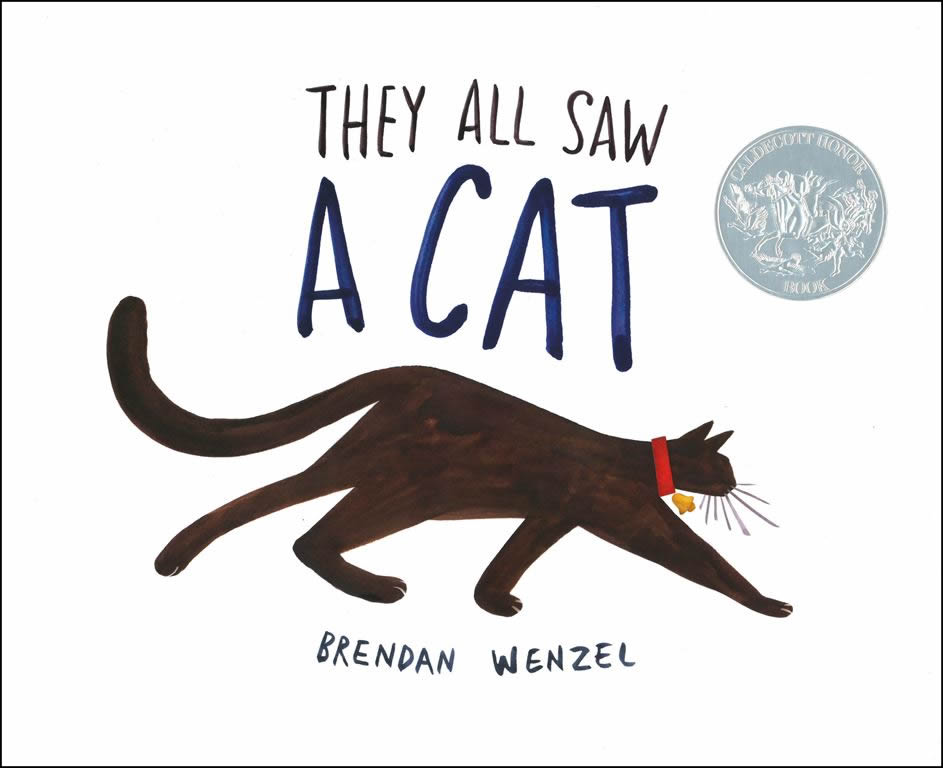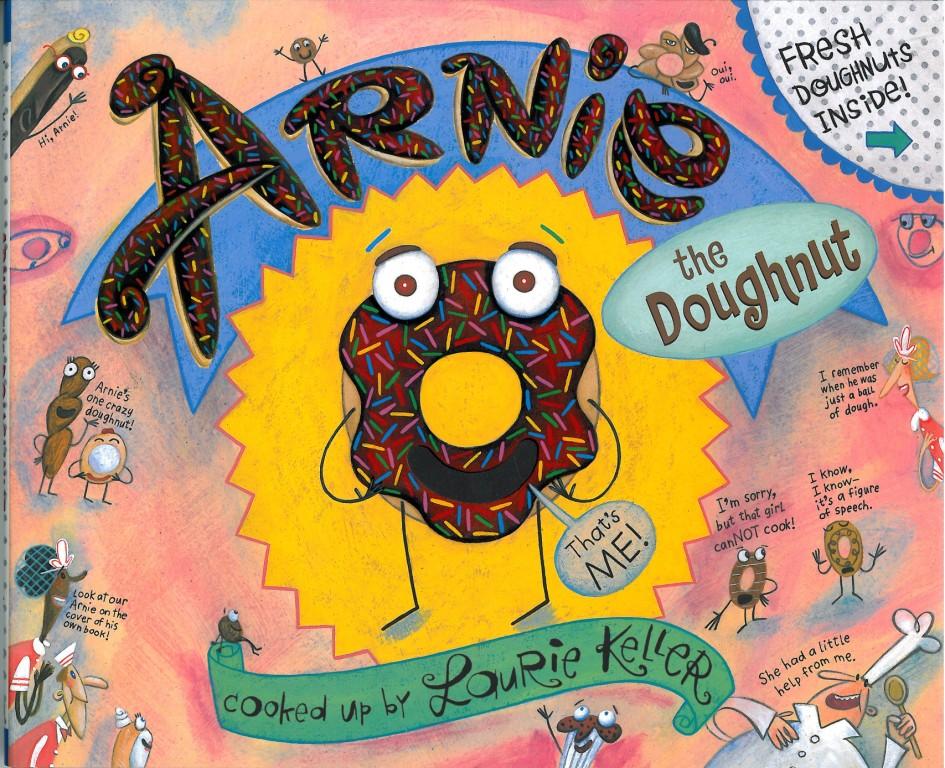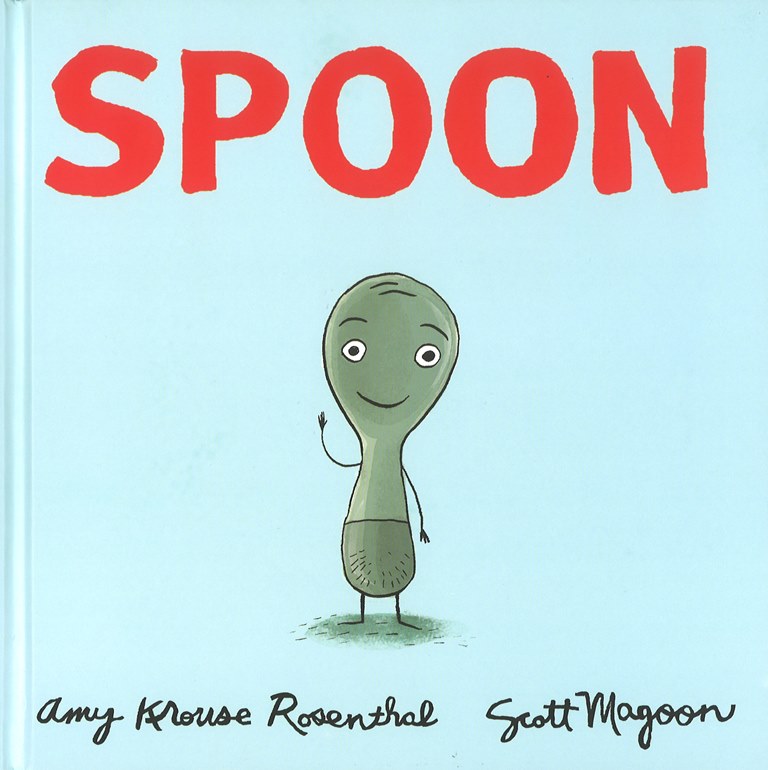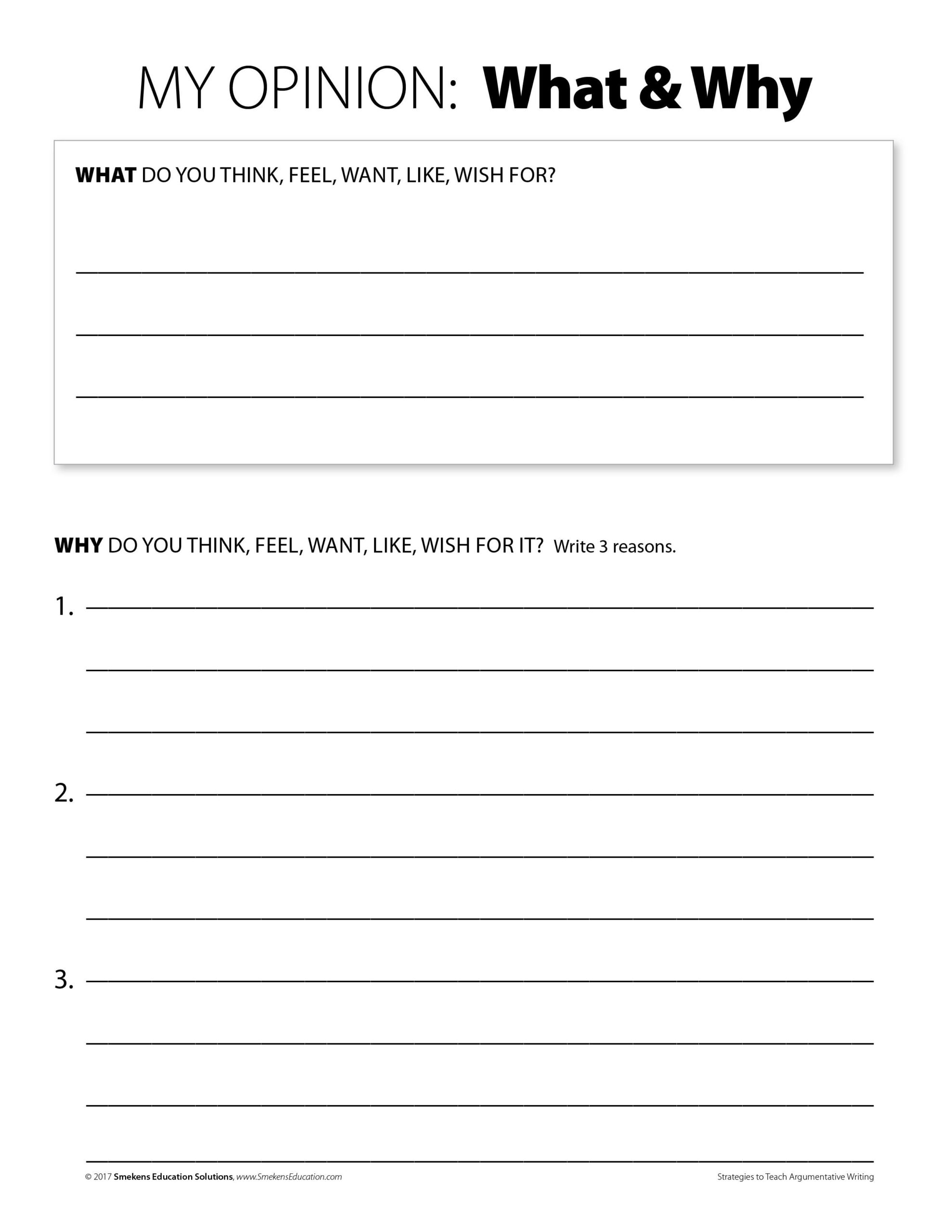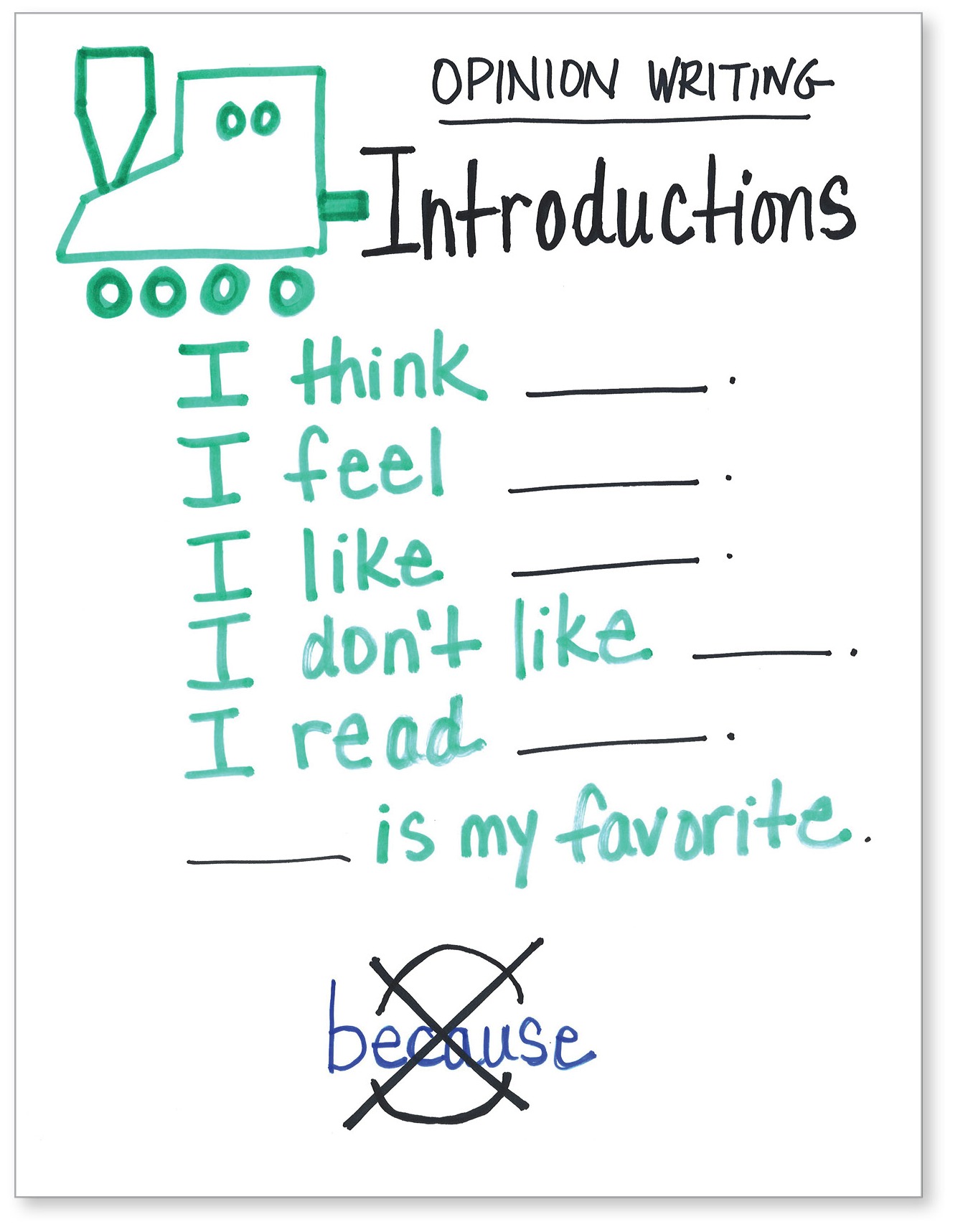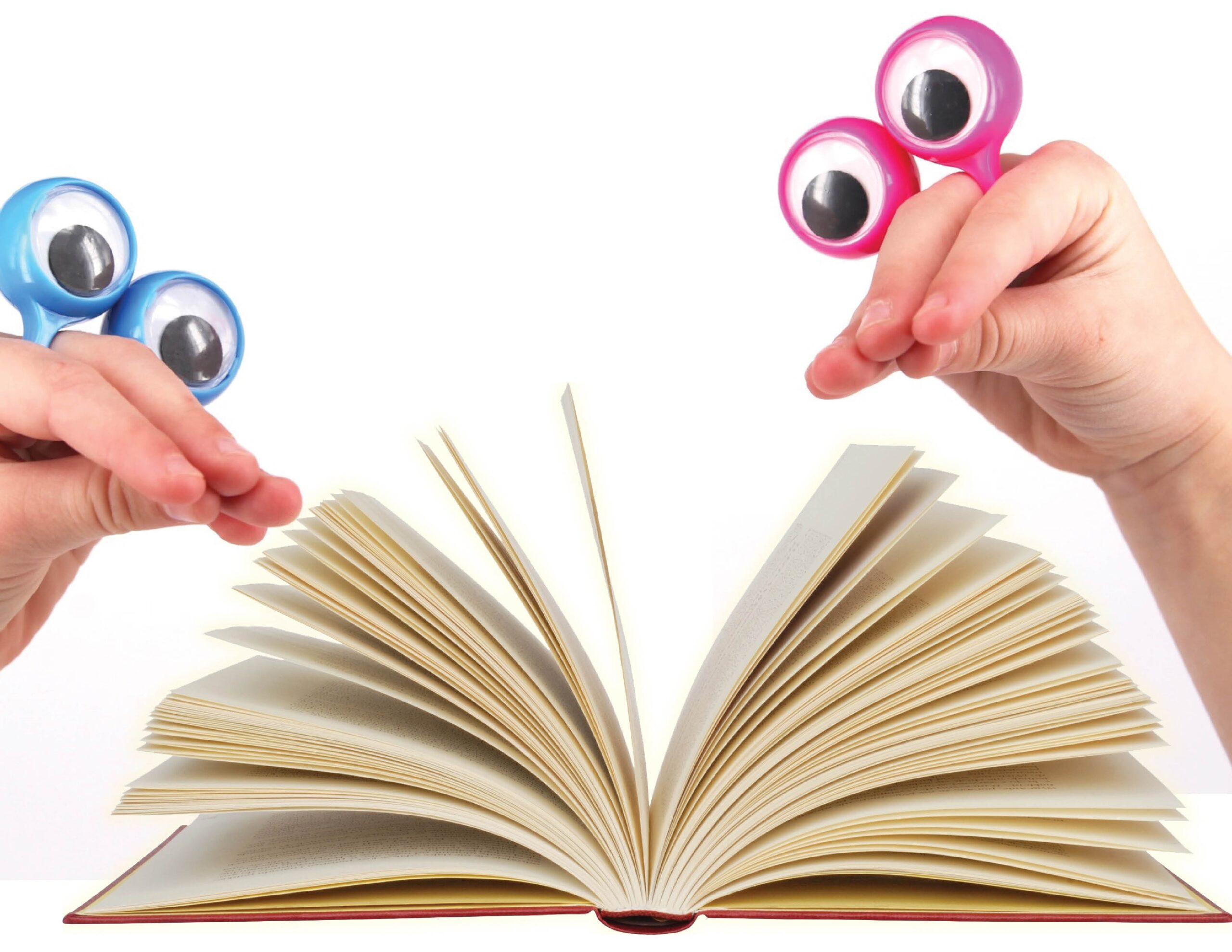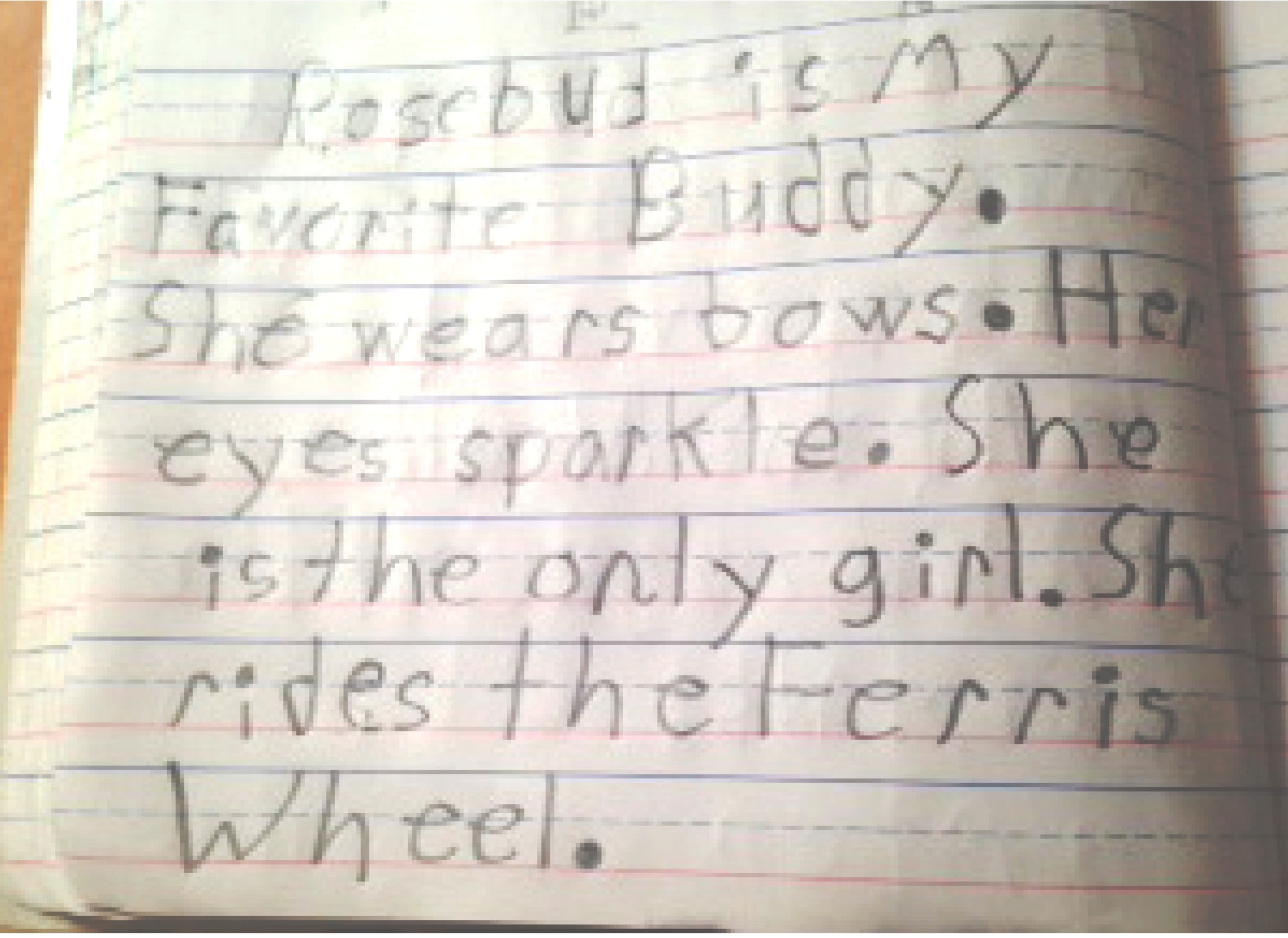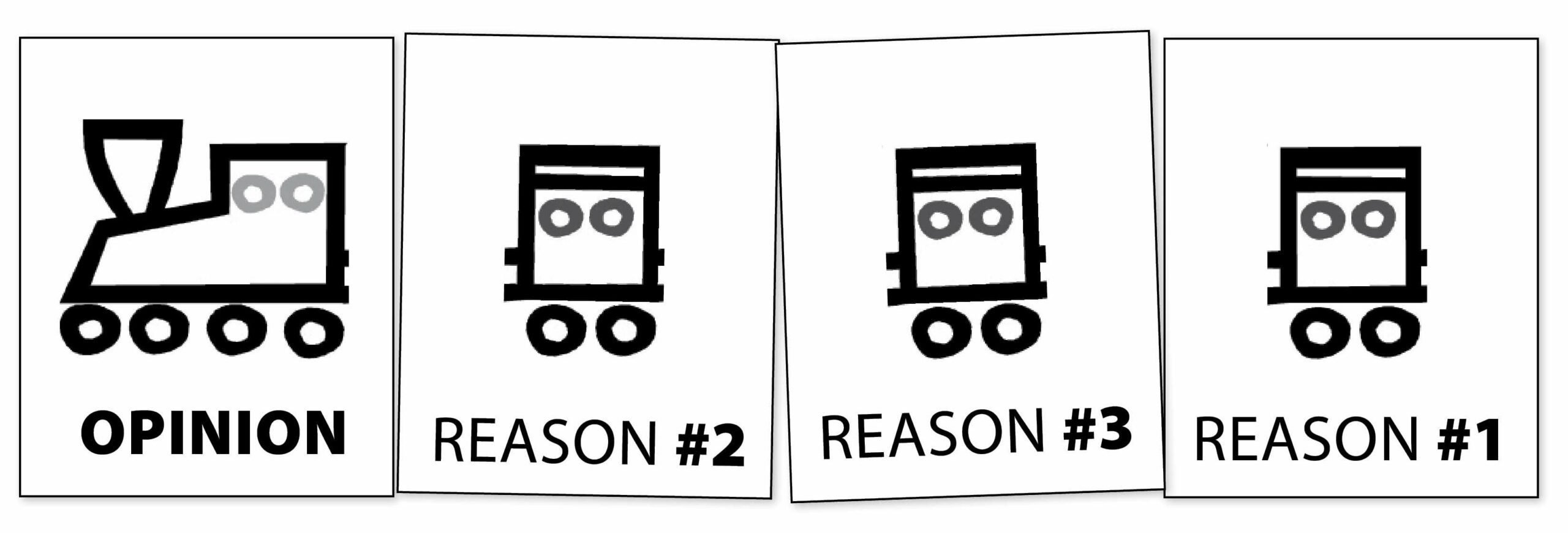Best-of-Smekens Writing Conference:
Writing Remix 2018
SECRET SITE
SESSION 1
Refine the Definition of Textual Evidence
Create an evidence-rich classroom
Download a text-dependent planner.
PDF version | Word version
Problem #1 Response lacks evidence
Remain neutral when asking How do you know? Have questions ready to encourage students to refer back to the text.
Don’t “give it away” if they are right or wrong. Rather, use a line from the Justification Cheat Sheet to ask them to support their thinking.
Problem #2 Response is not rooted in the text(s)
Provide explicit instruction on how to weave the what, which, and where details into a textual citation.
Problem #3 Response just provides details, not evidence
Listen to Rachel Platten’s “Fight Song” as a whole class.
Print lyrics for Rachel Platten’s “Fight Song” for each student to have a copy.
Sort cut-apart lyrics based on the claim: This song is motivational.
Problem #4 Responses lack explanation of the evidence
Fine-tune understanding with the Bullseye Strategy
Link to the resources: PDF | Smartboard | Promethean
Access a Google doc for additional practice.
SESSION 2
Strengthen Short Constructed-Response Writing
Model how to make an inference
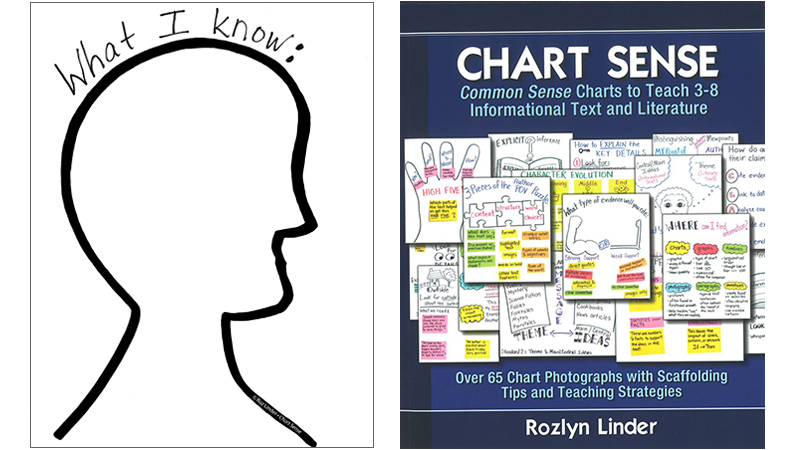
Print Silhouette Template.
Purchase Chart Sense K-2 | 3-8.
Practice putting clues together
Soft House | Template
Follow the Yes, MA’AM formula for constructed responses
The four facets of MA’AM or RACE all live within the inference silhouette.
Write the 1st sentence
Write the 2nd & 3rd sentences
Provide explicit instruction on how to weave the what, which, and where details into a textual citation.
Crystal Calloway uses these sentence starters during text-based conversation with her Bailly Elementary (Chesterton, IN) fourth graders.
Write the 4th sentence
Practice writing Yes, MA’AM responses
Utilize these templates to fine-tune the four-sentence constructed response.
Apples to Apples. For a quick experience making inferences and citing evidence from visuals, use the Big Picture version of “Apples to Apples.” Reveal a single green card depicting a word and definition and five random images. Students determine which image best depicts the word/definition and write a short constructed response. They cite evidence from the visual for their conclusion.
After practicing the Apples to Apples game to find vital and important details, then have students include that evidence within a written response: Template for students’ Yes, MA’AM constructed responses.
SESSION 3
Generate Long Extended Responses Based on Reading
Supersize Yes, MA’AM to craft an extended response
The Yes, MA’AM strategy can be adapted to fit the requirements of an extended reading response.
Provide frequent experience with simulated research tasks
Use the Writing About Reading Frames to provide students the needed support to respond to research-task prompts.
Achievethecore.com offers dozens of authentic text excerpts with text-dependent questions and extended-response prompts for free. Each is labeled by grade-level appropriateness and also comes with suggested lesson plans.
Simulate research-writing tasks during eLearning. This practice helps to prepare students for similar experiences they will encounter on standardized assessments.
Explain the introduction
This Teaching Channel video introduces the parts of an essay, including how to rework the prompt to serve as the introduction.
Teach students to sort information pulled from one text to represent Perspective A versus B.
Provide multiple texts to synthesize and organize information collected per source.
Infer multiple reasons or main ideas
Teach students how to collect, cut, group, and rank details. Download a list of statements for/pro and against/con genetic engineering.
Observe a 30-minute lesson and activity executed in a Concord Junior High science class.
Blend evidence and elaboration
SESSION 4
Generate Opinion-Based Reading Responses
Read the world
Identify topics you care about. List things wrong with the world.
Things Wrong in the World | List Template
Things Wrong in the World | Sentence Template
Parent letter to support letter-writing unit
Identify character perspectives
Read literature that reveals multiple perspectives.
Choose a side in 4 steps
Move away from letting kids choose a side based on preference. Rather, teach them the four steps to identifying the strongest position.
Watch the kindergartners at Concord South Elementary discern between duck details and rabbit details based on Duck! Rabbit!
Teach students to first chart the perspectives before choosing a position to align with.
Introduce the what and why structure
The writing standards expect students to reduce their opinion and provide a sense of closure.
Write responses with evidence
Save the best for last
SESSION 5
Refine the Definition of Textual Evidence
Emphasize process over product
Look for frequent opportunities for students to generate smaller, faster research products.
Gather information from relevant sources
Rather than telling students not to use sites like Wikipedia, teach them how to use them.
Generate shorter more-frequent research products

1-Sentence-equivalent formats
- Focus on the research process only, have the class work together to complete a R.A.N. chart (i.e., Read-Analyze-Note). This could be done with sticky notes or digitally (Word, PDF, Smartboard).
- The Q&A format allows students to dabble with report writing without requiring a long introduction, logical transitions, and a solid conclusion.
- Information Equations were an idea inspired by Amy Krouse Rosenthal’s book This Plus That: Life’s Little Equations. New understanding can be conveyed through informative equations or argumentative ones.
- Creating a single PPT slide of researched information includes the opportunity to dabble with the research process and teach some technology standards. If students each create one PPT slide on a common topic, then the slides could be combined into an all-class product.
- Capture the entire topic in a clever tweet. Have students create social media posts from the perspective of historical figures.
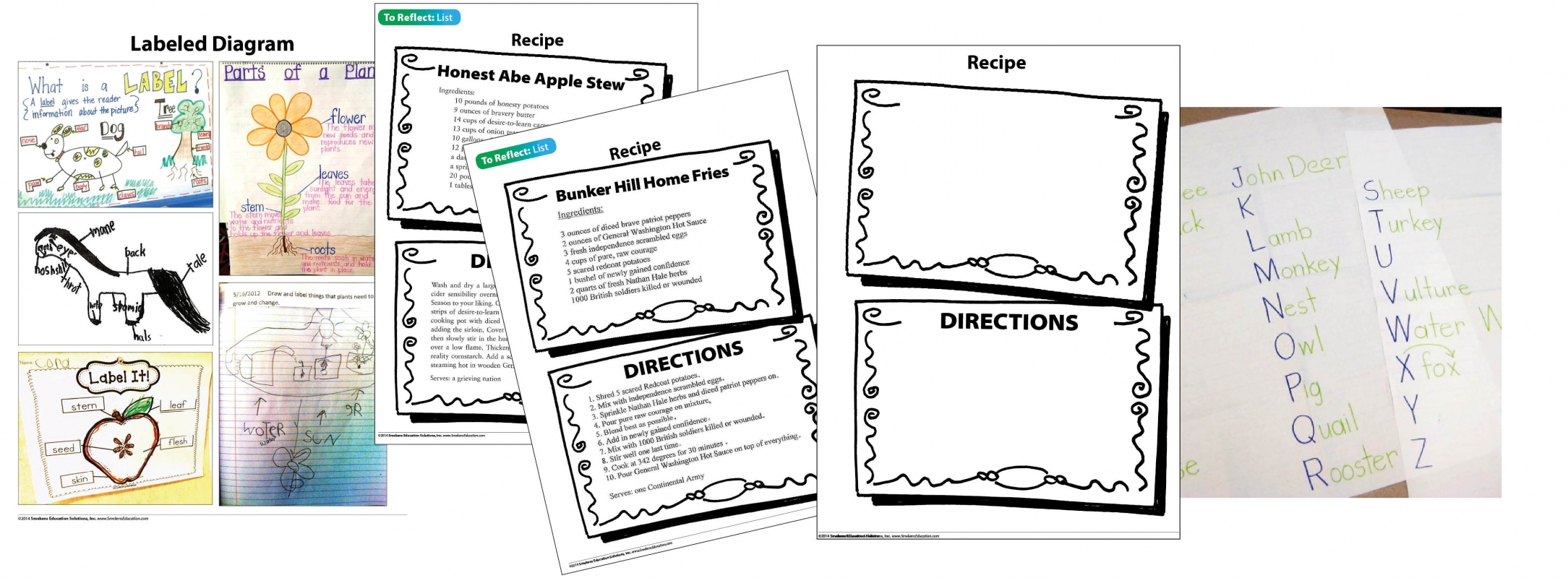
List-equivalent formats
- Labeled diagrams can include the students sketching the visual and labeling the parts. Or, you could provide the visual for them to label only.
- When working on how-to procedural writing, start with a picture series that requires students to write captions. This again allows them to focus on the information in the body of the writing and to ignore the need for an introduction and conclusion.
- It will take serious synthesizing to create a “recipe” about a concept. (Here’s one more example; this one by a high school student after studying the 1960s.)
- A list might not include only straight-up information but also the differing perspectives in a two-column chart.
- Whether as a class or individually, primary students can list out related words associated with a researched topic in the form of an ABC list. To make this more challenging, have older students make a list of key words (e.g., concepts, people, places, events, things, etc.) associated with the topic. Then, following the pattern set in Q is for Duck, they create a complex ABC Book.

Paragraph-equivalent formats
- Create mini-posters with the researched information. Add QR codes for a tech-piece, too.
- Generate informative poems based on the content.
- Mini-books offer a “small” alternative to research writing.
- Young writers can start to juggle compare-contrast thinking with a flapbook.
- Pair up primary students to develop one page of an all-class big book. Again, this allows students to experience the mode of writing without the pressure of creating an entire piece individually.
- Especially appropriate when researching biographies, students could create a short obituary or epitaph.
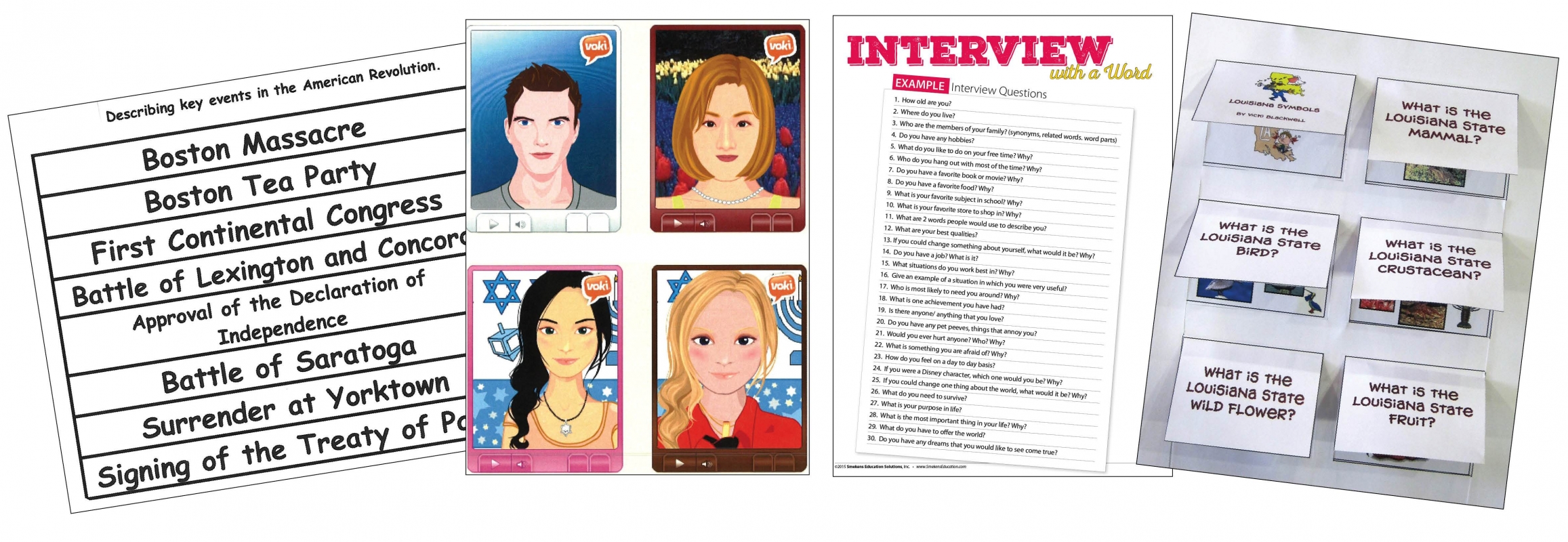
1-Page-equivalent formats
- A more involved foldable would be a valuable format for presenting information that is multi-faceted. A favorite is the layered book. Here is one teacher’s categories for the American Revolution.
- Printing a PowerPoint document in “handout” format allows students to create a fact flipper (PPT example).
- Using what they know about the topic, they could “interview the concept.” This would include a list of questions by someone unfamiliar with the topic and “answers” from the perspective of the topic.
- This article reveals 5 more short-research options that all include digital products.
Multi-Page-equivalent formats
- Consider a nontraditional research paper—the multigenre-research project.
- Oral presentations of three or more minutes are an alternative to writing a long paper. For a biography unit, this might culminate with a Wax Museum.


